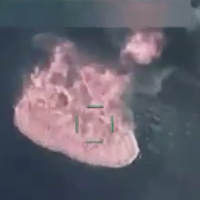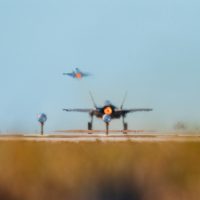All For One and All for All
It’s a pretty safe bet the Air Force and Navy won’t be teaming up on a sixth-generation fighter in hopes of saving money by having a mostly common airplane. Joint Strike Fighter program managerLt. Gen. Christopher Bogdan, speaking at a McAleese and Associates seminar on Feb. 10, was asked if he’d recommend the next fighter also be joint. He wouldn’t rule it out, but “it’s hard,” he said. “I’m not saying [joint programs are] good, I’m not saying they’re bad. I’m just saying, they’re hard.” He told reporters afterwards that going into the F-35 JSF, Air Force, Navy,? and Marine Corps planners anticipated three airplanes with 70 percent commonality. Instead, “it’s 20-25 percent commonality … almost like three separate production lines.” That commonality is chiefly in cockpits, displays, and “how you fly the airplane,” which means that pilot training is highly common and anyone who learns to fly one can easily transition to the others. “Test pilots do it all the time,” he said. But the services were reluctant to compromise on capabilities they demanded from the F-35, and each accommodation resulted in diverging designs: the Air Force demanded a 9G airplane; the Marine Corps wanted vertical takeoff; the Navy needed larger, folding wings, etc. Compromise, Bogdan said, is “a hard thing to do when you’re spending billions of dollars. You want what you want,” but only through compromise will a joint program work.Lt. Gen. James Holmes, USAF’s chief planner, told reporters after last month’s budget rollout that while USAF and Navy will strive to use “common technologies” on their next fighters, the missions will differ enough that “it won’t be the same airplane.”








